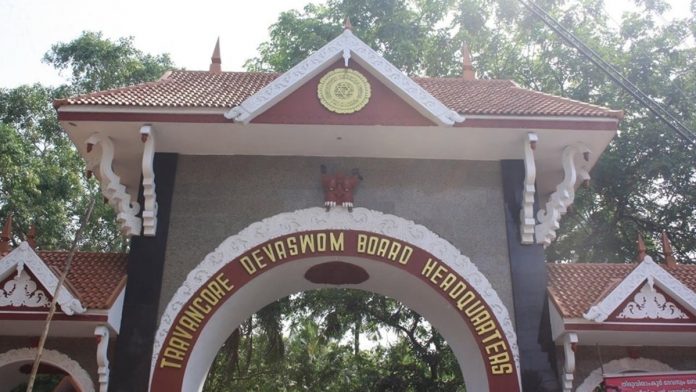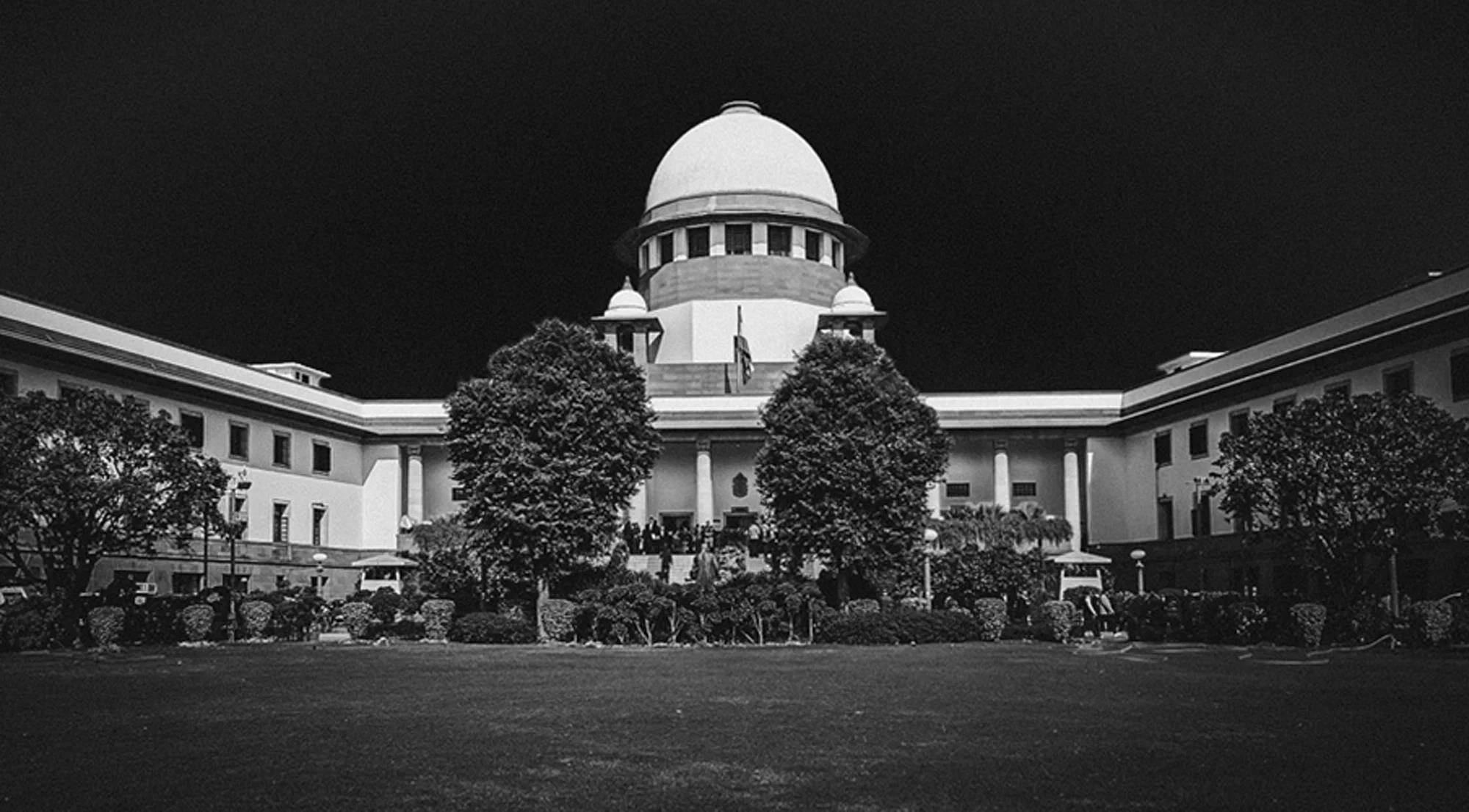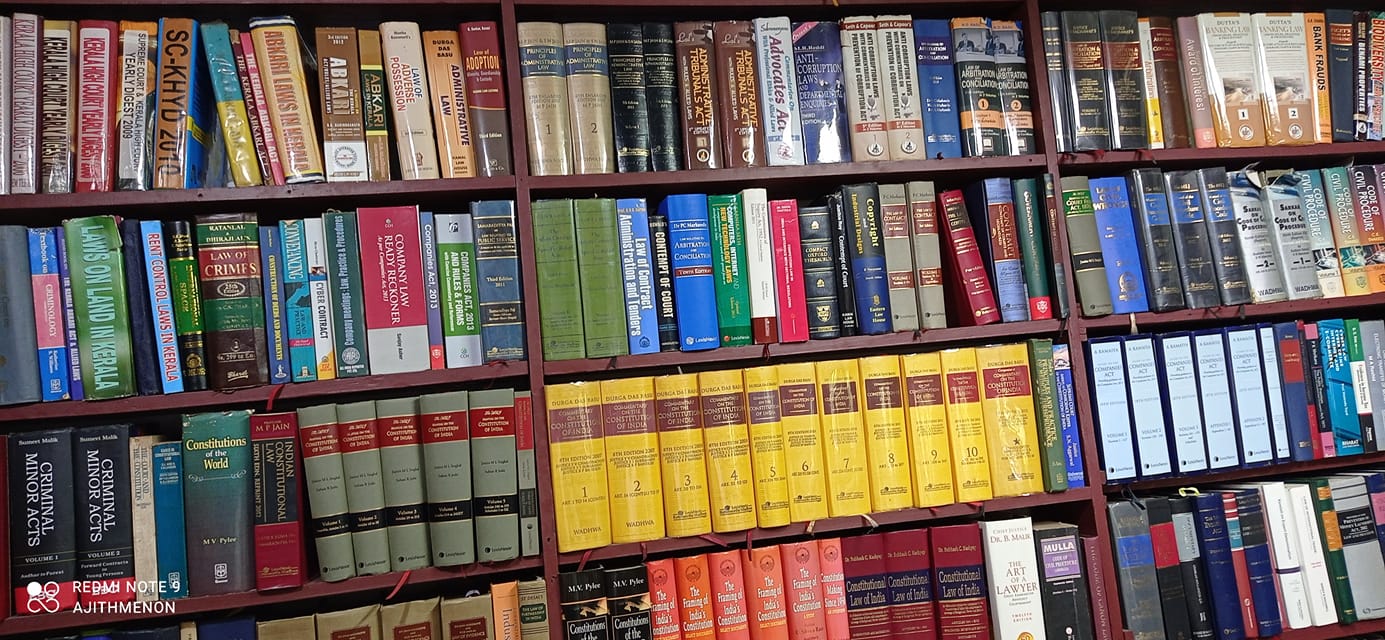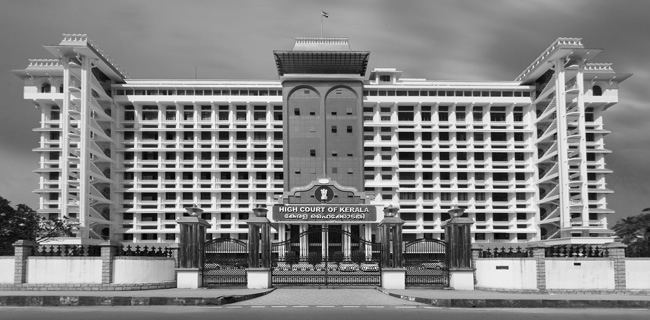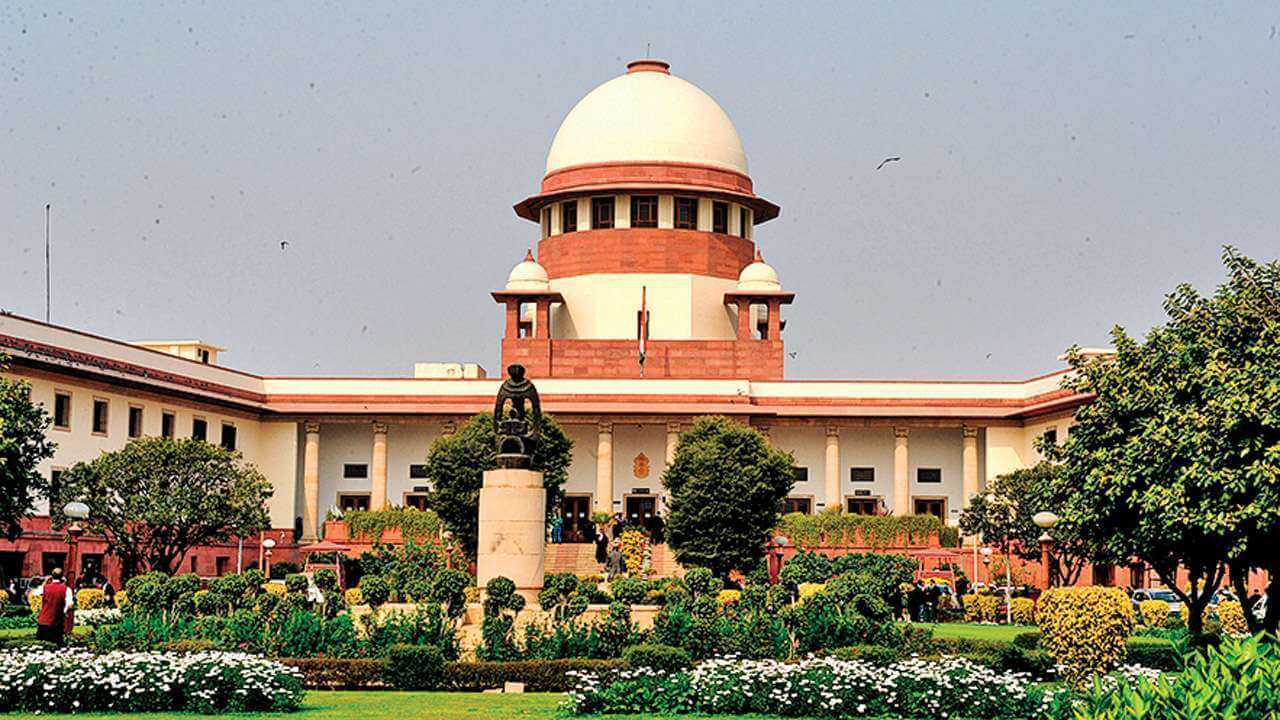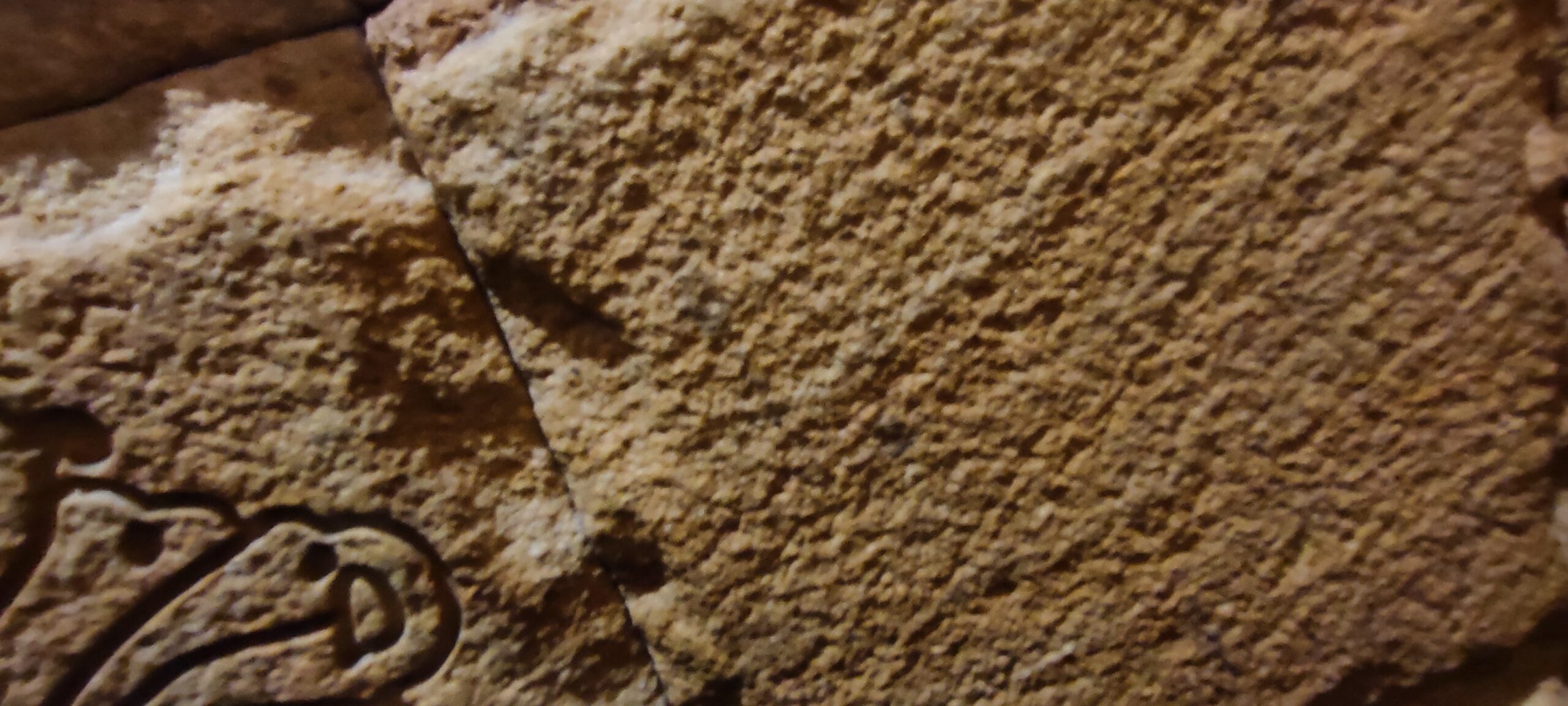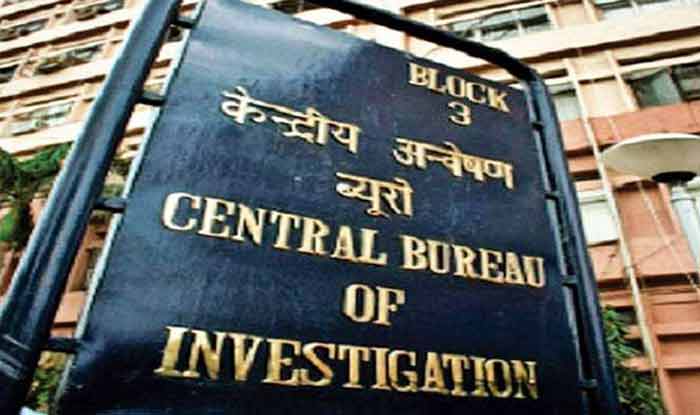You missed………… so only lost it
[N.Ajith, Advocate, High Court of Kerala[1]]
Glitzy expression like ‘dominus litis’ is more a razor-sharp weapon than boon. The plaintiff has to be doubly cautious when he is about to trigger a suit, especially while settling his pleas. Pleadings pave the foundation and the entire edifice is set up on it. Deeds and misdeeds there, decide the suit’s destiny.
A plaintiff must include his entire claim related to a specific ‘cause of action’ in one suit. If he, either intentionally or otherwise, omits a part of the claim, he cannot file a separate suit for the claim so omitted, without the Court’s permission. The intention of the legislature is clear that as far as possible, all matters in controversy between the parties must be disposed of in a single suit so that the defendant may not be vexed twice on a single cause of action. The guiding principle behind O.2 R.2 CPC is one of a fetter designed to counteract two evils, splitting up of claims and splitting up of remedies[2].
The acid test for the applicability of O.2 R.2 CPC is “whether the claim in the new suit is, infact, founded on a distinct cause of action or not”. It’s all about a relief which ought to have been claimed on the same cause of action.
Sec.20 CPC, introduces the word ‘cause of action’ applicable to law suits. A cause of action to a suit is its ‘raison d’etre’, the factual circumstances which led to the ‘lis’ between the parties. Cause of action is essentially a bundle of facts which led to the genesis of the dispute; ignite the legal process, obtaining a right in law to approach the court to redress his grievances. Thus, the word ‘cause of action encompasses those circumstances if present, would enable the plaintiff to provide support for his entitlement to a decree. No doubt, the words ‘cause of action’ sum up those key facts which make up the rights and its infringement, and authorise the aggrieved to sue the wrongdoer / defaulter / or the one who is liable for his deeds.
A ‘right of action’ is distinct from ‘cause of action’, in the sense that the former is a right to enforce the latter and a remedial right affording redress for the infringement of a legal right. So, ‘cause of action’ is the operative facts which give rise to such ‘right of action’[3].
Every suit shall include the whole claim which the plaintiff is entitled to make in respect of a cause of action[4]. What the rule requires is the unity of all claims based on the same cause of action in one suit, and not unity of distinct causes of action[5]. Rule does not require that when several causes of action arise from one transaction, the plaintiff should sue for all of them in one suit. There is one cause of action, and the plaintiff cannot split it into parts so as to bring separate suits in respect of those parts[6].
A subsequent suit on a different cause of action is not barred[7]. In other words, where the claim in the subsequent suit is in fact founded on a separate cause of action, distinct from the cause of action of the former suit, or where the right to relief for the second suit was not in existence at the time of the first suit, the bar under O.2 R.2 will not apply.
To succeed, one who raised the bar under O.2 R.2, has to make out that -
(i). the second suit was in respect of the very same cause of action in the first suit;
(ii). in the first suit, the plaintiff was entitled for more than one relief; and
(iii). being so entitled, for more than one relief, the plaintiff, without obtaining leave from the court, omitted to sue for the relief for which the second suit has been filed[8].
Like the principle of res-judicata, O.2 R.2 CPC is based on the salutary and cardinal principle that all disputes must be settled once and for all and no person ought to be vexed twice for the same cause. Res-judicata relates to the plaintiff's duty to put forth all the grounds of attack in support of his claim. O. 2 R. 2 CPC requires the plaintiff to claim all reliefs flowing from the same cause of action in a single suit. The two pleas are different and one will not include the other. Unless the defendant pleads the bar under O.2 R.2 and an issue is framed focussing the parties on that bar to suit, obviously, the court cannot examine or reject a suit on that ground. The pleadings in the earlier suit should be exhibited or marked by consent or at least admitted by both the parties. The plaintiff should have an opportunity to explain or demonstrate that the second suit was based on a different cause of action[9]. Res-judicata emphasizes on exhausting of all available grounds for a claim, whereas O.2 R.2 CPC requires that all the claims arising from a cause of action shall be framed in one suit[10]. Another view was that the principle underlying O.2 R.2 is also the principle of res-judicata applied to a suit filed under Sec.26 CPC[11].
In case of omission to sue for one of several reliefs, O.2 R.2 (3) CPC would apply. A person entitled to more than one relief in respect of the very same cause of action may sue for all or any of such reliefs; but if he omits, except with the leave of the court, to sue for all such reliefs, he shall not afterwards sue for any relief so omitted. If the plaintiff stood by knowingly and let the defendants build up an important trade until it had become necessary to crush it, by then the plaintiff would be stopped by their acquiescence[12].
The early 60’s view was that O.2 R.2 is not applicable to Writ proceedings under Art.226 on the basis of a clear bar under Sec.141 CPC[13]. But the later view was different. In 2010, Supreme Court considered the applicability of O.2 R.2 CPC to Writ proceedings. The view was that, though the provisions of CPC are not strictly applicable in Writ proceedings, general principles of the Code will apply. The Writ petitioner must claim all reliefs he seeks, as the Court would normally grant only those reliefs which are specifically sought[14].
Disposal of the first suit is not a requirement for the applicability of O.2 R.2, and the bar applies even when the subsequent suit is filed during the pendency of first suit[15]. Where cause of action the subsequent appeal is different from that of the earlier appeal, even principles underlying R.2 would be inapplicable. O.2 R.2 applies to suits and not to appeals[16].
The plea of O.2 R.2 is more a technical bar. It has to be established satisfactorily. Being a bar to the remedy, it must be construed strictly[17]. The bar cannot be presumed merely on the basis of inferential reasoning. The plea can be established only if the defendant files in evidence the pleadings in the previous suit and proves the identity of the causes of action in both the suits[18]. Court cannot take cognizance of the plea of bar under O.2 R.2 suo motu[19].
************************
[1] najithmenon@gmail.com 9847304930
[2] Shankarlal v. Gangabisen AIR 1972 Bom.326 at 331; Naba Kumar v. Radhashyam AIR 1931 PC 229; Sardar Associates v. Punjab and Sind Bank (2009) 8 SCC 257 / AIR 2010 SC 218; Deva Ram v. Ishwar Chand (1995) 6 SCC 733 / AIR 1996 SC 374
[3] Raman Ittyathi and others v. Pappy Bhaskaran and others AIR 1990 Ker. 112 / 1989 (2) KLJ 377; Balbir Singh v. Atma Ram AIR 1977 All. 211at 232
[4] Sidha Ramappa v. Rajashetty and others AIR 1970 SC 1059; Mohd. Hafiz v. Mohd. Zacharia AIR 1922 PC 23
[5] Deva Ram v. Ishwar Chand (1995) 6 SCC 733
[6] Deva Ram v. Ishwar Chand (1995) 6 SCC 733; SBI v. Gracure Pharmaceuticals Ltd. (2014) 3 SCC 595 / AIR 2014 SC 731; Ram Prasad Rajak v. Nand Kumar and Bros. (1998) 6 SCC 748 / AIR 1998 SC 2730; K.V George v. Water and Power Dept. (1989) 4 SCC 595 / AIR 1990 SC 53. Pls see Varkey v. Chacko 2012(4) KLT 515 / 2012 (4) KLJ 538 also.
[7] Union of India v. H K Dhruv (2005) 10 SCC 218; Arjun Lal Gupta v. Mriganka Mohan Sur (1974) 2 SCC 586; State of MP v. State of Maharashtra (1977) 2 SCC 288; Kewal Singh v. B.Lajwanti (1980) 1 SCC 290; Deva Ram v. Ishwar Chand (1995) 6 SCC 733; State of Maharashtra v. National Construction Co. (1996) 1 SCC 733 / AIR 1996 SC 2367; Mohd. Khalil v. Mahbub Ali AIR 1949 PC 78 at 86; Rathnavati v. Kavita Ganashamdas (2015) 5 SCC 223; Bapusaheb Chimsaheb Naik Nimbalkar v. Mahesh Vijaysinha Rajebhosle (2017) 7 SCC 769 / AIR 2017 SC 2491; Arjun Lal Gupta v. Mriganka Mohan Sur (1974) 2 SCC 586 / AIR 1975 SC 207; Inbasagaran v. S. Natarajan (2015) 11 SCC 12; Sucha Singh Sodhi v. Baldev Raj Walia (2018) 6 SCC 733; Gurinderpal v. Jagmittar Singh (2004) 11 SCC 219; Nazeer Ahmed v. State Bank of Mysore and others (2007) 11 SCC 75 / AIR 2007 SC 989; Vijayalakshmi v. NArayayan and others 2007 (4) KLT 80
[8] Gurbux Singh v. Bhooralal AIR 1964 SC 1810 at 1812; Inacio Martins v. Narayan Hari (1993) 3 SCC 123 / AIR 1993 SC 1756; Kunjan Nair Sivaraman Nair v. Narayanan Nair and others (2004) 3 SCC 277 / AIR 2004 SC 1761; Josy Francis Vs. Sunoj K. Balan ILR 2009(3) Ker. 343; Ladu Ram v. Ganesh Lal (1999) 7 SCC 50; Palaniappa v.Valliammal AIR 1998 Mad. 156
[9] Alka Gupta Vs. Narendar Kumar Gupta (2010) 10 SCC 141 / AIR 2011 SC 9; Sidha Ramappa v. Rajashetty AIR 1970 SC 1059; Coffee Board v. Ramesh Exports (P) Ltd. (2014) 6 SCC 424 / AIR 2014 SC 2301
[10] Kunjan Nair Sivaraman Nair v. Narayanan Nair and others (2004) 3 SCC 277 / AIR 2004 SC 1761; Sandeep Polymers Pvt. Ltd. v. Bajaj Auto Ltd. (2007) 7 SCC 148 / AIR 2007 SC 2656
[11] Haridas Mondal v. Ananth Nath Mitttra AIR 1961 SC 1419; Dadu Dayalu Mahasabha, Jaipur (Trust) v. Mahant Ram Niwas (2008) 11 SCC 753 / AIR 2008 SC 2187
[12] Khoday Distilleries Ltd. v. Skotch Whisky Association (2008) 9 SCALE 40 / AIR 2008 SC 2737; State of Punjab v. Bhatinda District Corp. (2007) 12 SCALE 135 / JT 2007 (12) SC 314
[13] Devendra Prathap v. State of UP AIR 1962 SC 1334; Gulabchand Chhotalal Parikh v. State of Gujrat AIR 1965 SC 1153
[14] Bharat Amarnath Kothari and another v. Dosukhan Samadkhan Sindhi and others (2010) 1 SCC 234
[15] Virgo Industries (Eng.) (P) Ltd. v. Venturetech Solutions (P) Ltd. (2013 ) 1 SCC 625
[16] M.Ramnarain (P) Ltd. v. State Trading Corpn. of India Ltd. (1983) 3 SCC 75 / AIR 1983 SC 786
[17] Gurinderpal v. Jagmittar Singh (2004) 11 SCC 219
[18] Bengal Waterproof Limited v. Bombay Waterproof Manufacturing Coy. and another (1997) 1 SCC 99; Deva Ram and another v. Ishwar Chand and another (1995) Supp. 4 SCR 369; State of Maharashtra and another v. M/s National Construction Company, Bombay and another (1996) 1 SCR 293; Gur Bux Singh v. Bhooralal AIR 1964 SC 1810
[19] Rikhavdas v. Deepak Jwellers (1999) 6 SCC 40


